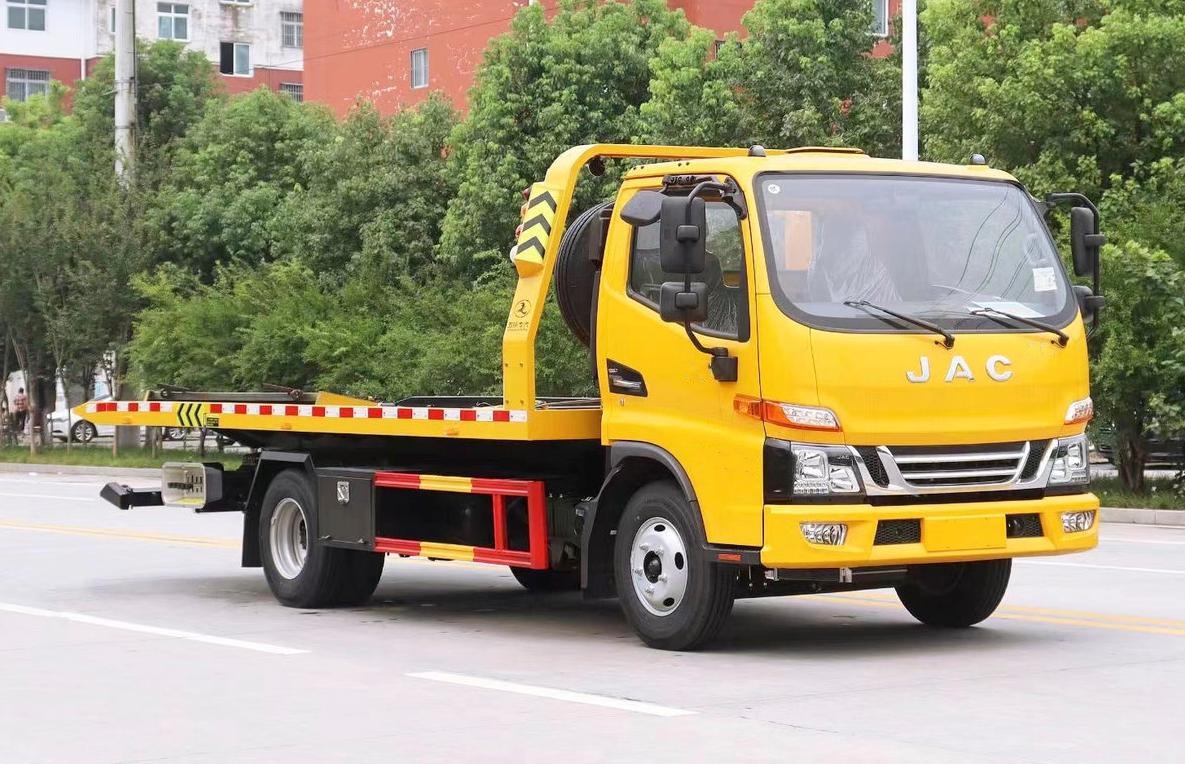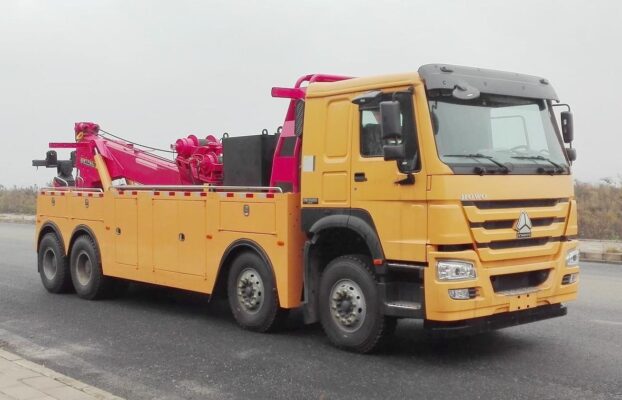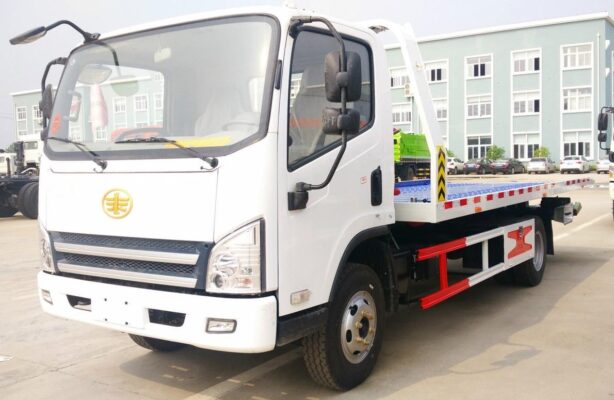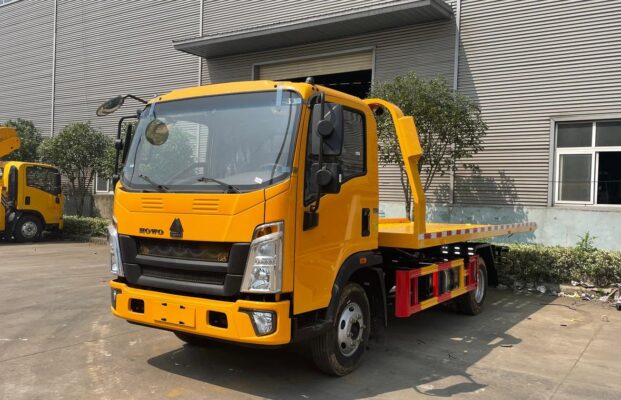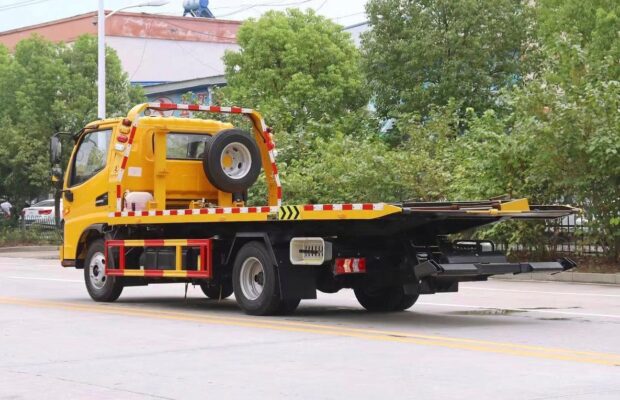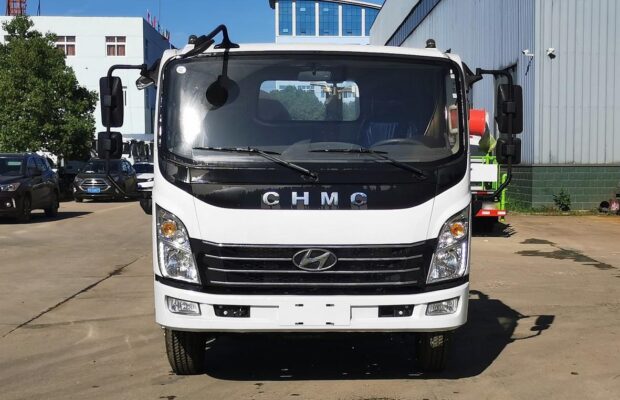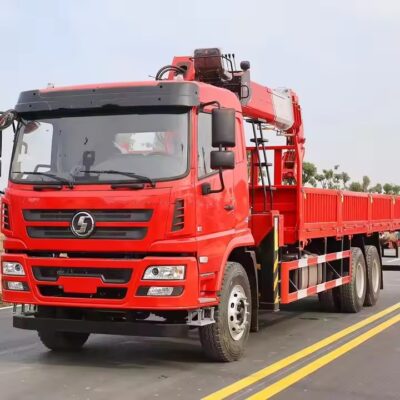Crane engines are susceptible to overheating, a common issue that can lead to significant operational downtime, costly repairs, and potentially dangerous situations. Engine overheating can arise due to various factors such as coolant leaks, component failures, blocked airflow, or improper fuel timing. This guide provides an in-depth analysis of the common causes of nosturi engine overheating, as well as a detailed troubleshooting approach to diagnosing and resolving these issues effectively.
Minä. Causes of Engine Overheating
Understanding the possible causes of engine overheating is essential for an accurate diagnosis and successful repair. The causes can be broadly categorized into cooling system malfunctions, mechanical issues, and operational factors. Here is an overview of each:
1. Cooling System-Related Causes
- Insufficient Coolant or Leaks in the Cooling System: A low coolant level is one of the most frequent causes of engine overheating. Coolant may leak due to loose connections, cracked hoses, or a faulty radiator, which reduces the system’s ability to dissipate heat effectively.
- Inaccurate or Malfunctioning Temperature Gauge: If the temperature gauge fails to provide accurate readings, operators may not realize when the engine is running too hot. Regular calibration and testing of gauges are essential for reliable temperature monitoring.
- Scale Buildup in the Cooling System: Over time, mineral deposits and scale can accumulate within the cooling system, particularly in the radiator and cooling pipes, impeding efficient heat transfer. This buildup reduces the system’s ability to maintain optimal engine temperatures, especially during prolonged or intensive operations.
- Blocked Radiator or Airflow Issues: Radiators require unobstructed airflow for efficient cooling. Dust, roskia, and other obstructions can block the radiator shield net or the radiator core, reducing airflow and causing overheating.
- Damaged or Malfunctioning Cooling Components: Loose or damaged water pumps, fan belts, or fan blades are also common contributors to overheating. A damaged or misaligned fan shroud, for instance, impairs the fan’s ability to circulate air, leading to inadequate cooling.
- Faulty Thermostat: The thermostat controls the flow of coolant between the engine and the radiator. If it becomes stuck in a closed position, it prevents coolant from circulating, which quickly leads to overheating.
2. Mechanical and Operational Issues
- Prolonged Engine Overload: Operating a nosturi engine at or beyond its capacity for extended periods increases heat generation. The cooling system may not be able to dissipate heat quickly enough, causing the engine to overheat.
- Delayed Fuel Supply Timing: If the timing of fuel injection is incorrect, it can cause inefficient combustion, which in turn produces excessive heat. Checking and adjusting fuel timing can help ensure that combustion occurs at the right moment to optimize power output and prevent overheating.
II. Step-by-Step Troubleshooting for Engine Overheating
When a nosturi engine begins to overheat, diagnosing the root cause is essential to avoid further complications. The following troubleshooting guide covers specific steps and actions to take when investigating an overheating issue.
Step 1: Initial Assessment of the Temperature Gauge
Begin by verifying that the temperature gauge accurately reflects the engine temperature. Inaccurate readings may lead operators to misjudge overheating risks.
- Action: If the gauge is faulty or inaccurate, replace it before proceeding with further diagnosis. Once the gauge is calibrated and working correctly, observe the readings during nosturi operation.
Step 2: Inspect the Radiator for Coolant Levels and Leaks
Low coolant levels or leaks within the radiator system are common contributors to overheating. Inspect the radiator and cooling hoses for visible leaks or signs of damage.
- Action: If coolant levels are low, refill with the appropriate type of coolant. For leaks, use air pressure to pinpoint the exact source. Minor leaks in hoses can be temporarily sealed, but more significant leaks should be permanently repaired before resuming operations. If the radiator itself is leaking, consider using solder for small repairs or, in extreme cases, pinching closed any severely damaged sections.
Step 3: Check the Water Pump and Drain Holes for Signs of Leakage
After confirming adequate coolant levels, inspect the water pump and related components. Look for cracks in the engine casing or leaks around the water pump’s drain hole, which could indicate issues with water flow.
- Action: If leakage is detected around the water pump or casing, repair or replace the faulty parts to restore proper cooling system function. Test the water pump’s functionality by ensuring that coolant is circulating adequately within the system.
Step 4: Analyze Symptoms Based on Overheating Pattern
Crane engine overheating can occur suddenly or gradually, each scenario requiring different diagnostic approaches.
A. Sudden Overheating
When the engine temperature spikes unexpectedly, this may be due to blockages, component failures, or mechanical malfunctions.
- Radiator Temperature Check: Measure the radiator’s temperature. An excessively hot radiator often indicates a damaged cylinder head gasket or issues with heat transfer.
- Cylinder Head Inspection: If the radiator is unusually hot, inspect the cylinder head and engine block joint for warping or deformation. Repair any damage to prevent future overheating.
- Fan Belt and Cooling Water Flow: Verify that the fan belt is neither broken nor slipping and that the cooling water is circulating properly. If the fan belt is damaged or loose, replace it immediately. Also, check the radiator outlet pipe for any collapse or blockages that could restrict water flow.
- Thermostat Function: If cooling water is not circulating correctly, examine the thermostat’s expansion chamber for cracks or malfunction. A stuck or damaged thermostat should be replaced to allow proper coolant flow.
- Water Pump Performance: Finally, inspect the water pump for any signs of mechanical failure. Repair or replace the pump if it is unable to circulate coolant effectively.
B. Gradual Overheating
Gradual increases in engine temperature typically suggest issues with coolant flow, scale buildup, or partially obstructed airflow.
- Check for Coolant Backflow: Raise the engine speed and check for backflow at the radiator fill cap. Insufficient or uneven backflow indicates possible blockages within the cooling pipes.
- Inspect for Scale Buildup and Blockages: If certain sections of the radiator are noticeably cooler, scale deposits may be clogging some of the cooling channels. Cleaning or flushing the radiator can help remove scale and restore optimal coolant flow.
- Distribution Pipe Examination: Variations in temperature from one part of the radiator to another suggest a clogged or damaged distribution pipe, which will need to be repaired or replaced to ensure even cooling.
Step 5: Examine Airflow and Fan Performance
Efficient airflow is essential for radiator function. Blocked or obstructed airflow can severely limit the cooling system’s ability to dissipate heat.
- Fan Shutters and Blade Angle: Ensure that shutters, if present, are fully open to allow air into the radiator. Check the fan for proper operation and adjust blade angles as necessary for optimal airflow.
- Fan Blades and Shroud: Verify that the fan blades are not deformed and that the fan shroud is intact. Damaged fan blades should be replaced, as they can reduce cooling efficiency.
Step 6: Evaluate Operational Conditions
If the cooling system appears to be functioning correctly, consider environmental and operational factors that might contribute to overheating.
- Heavy Loads and High Temperatures: Prolonged operation in hot conditions or while carrying heavy loads can lead to gradual overheating. Operators should monitor engine temperatures closely in these scenarios and avoid overloading the nosturi to reduce stress on the cooling system.
- Fuel Supply Timing Check: If fuel supply timing is delayed, the engine may run hotter than intended. Adjusting the timing can help improve combustion efficiency, which can subsequently reduce engine heat.
Conclusion
Crane engine overheating can arise from numerous causes, including coolant shortages, mechanical failures, blockages, and operational conditions. By following a systematic troubleshooting process, technicians and operators can pinpoint the specific cause of overheating and take corrective action. Here’s a quick summary of preventive measures:
- Regular Inspections: Routine checks on coolant levels, water pump, fan belts, and radiator cleanliness are essential for preventing overheating.
- Component Maintenance: Replace or repair damaged parts, such as thermostats, fan blades, and water pumps, to maintain cooling efficiency.
- Adjust Operational Practices: Avoid overloading the nosturi and adjust fuel timing for optimal performance. Monitor gauge readings and respond promptly to rising temperatures.
- Scale Control: Regularly flush and clean the radiator to prevent scale buildup and maintain coolant flow.
By addressing these areas and performing regular maintenance, nosturi operators can ensure safe and efficient engine operation, minimizing the risks associated with overheating.

